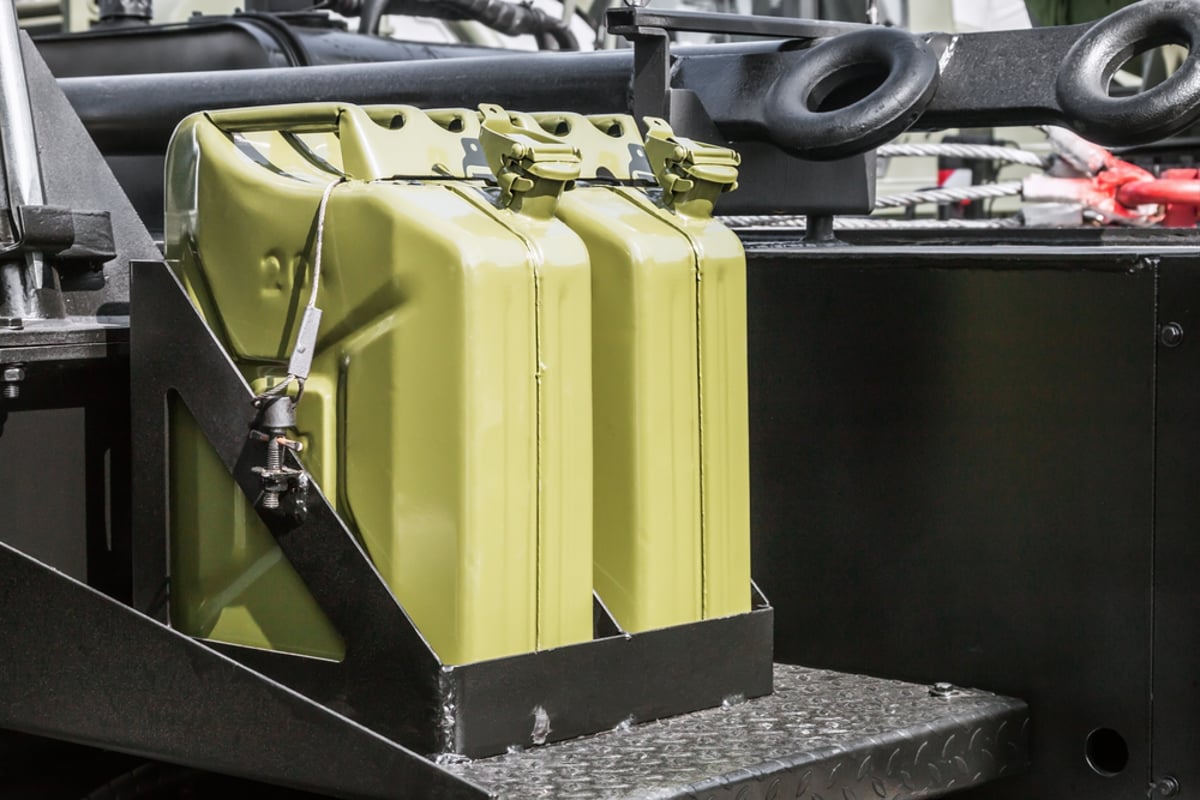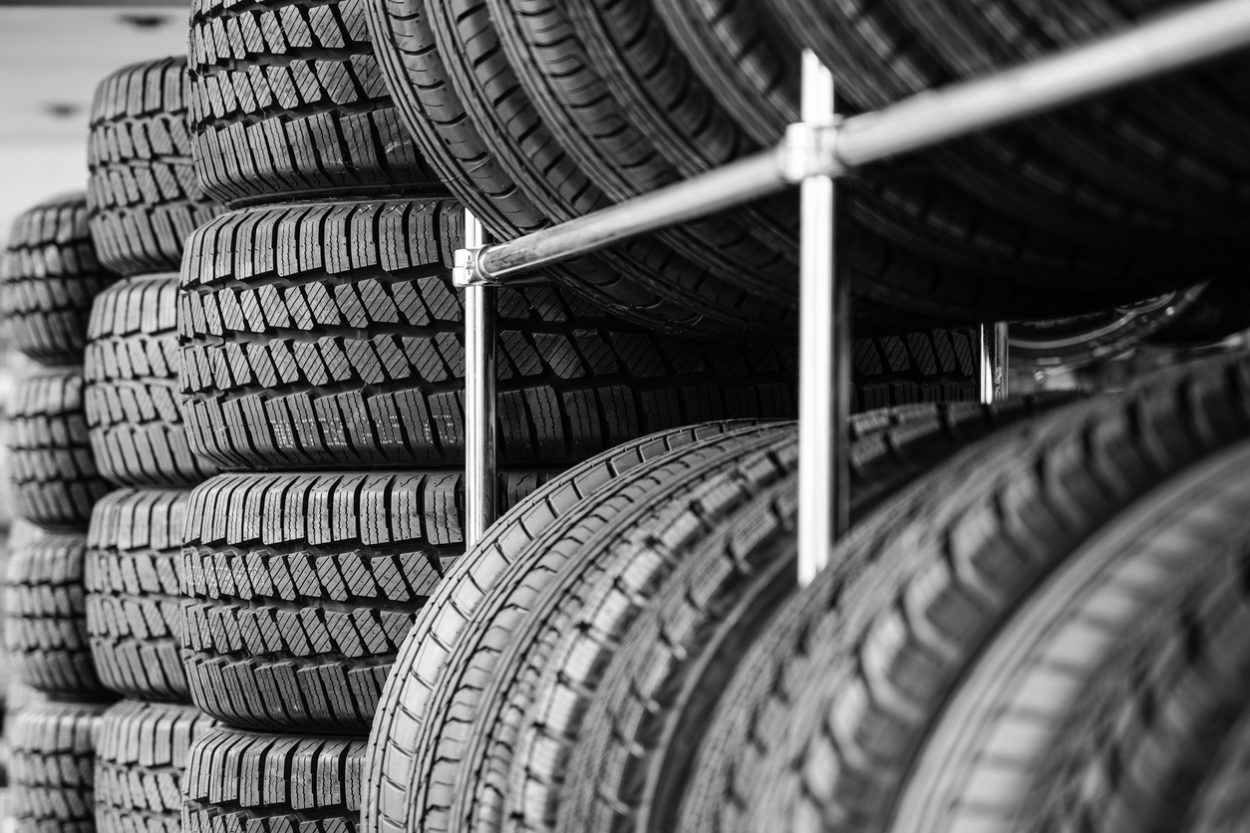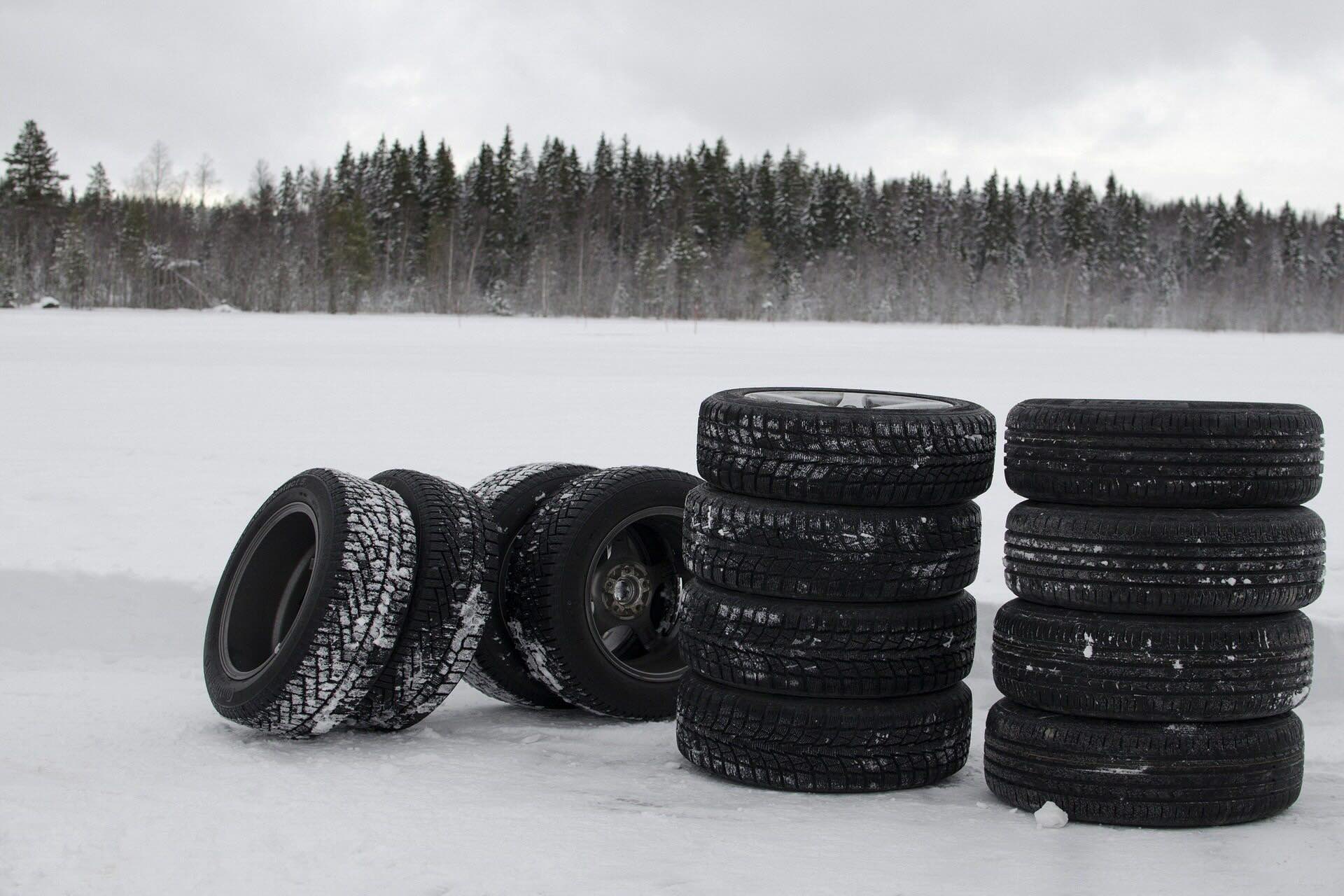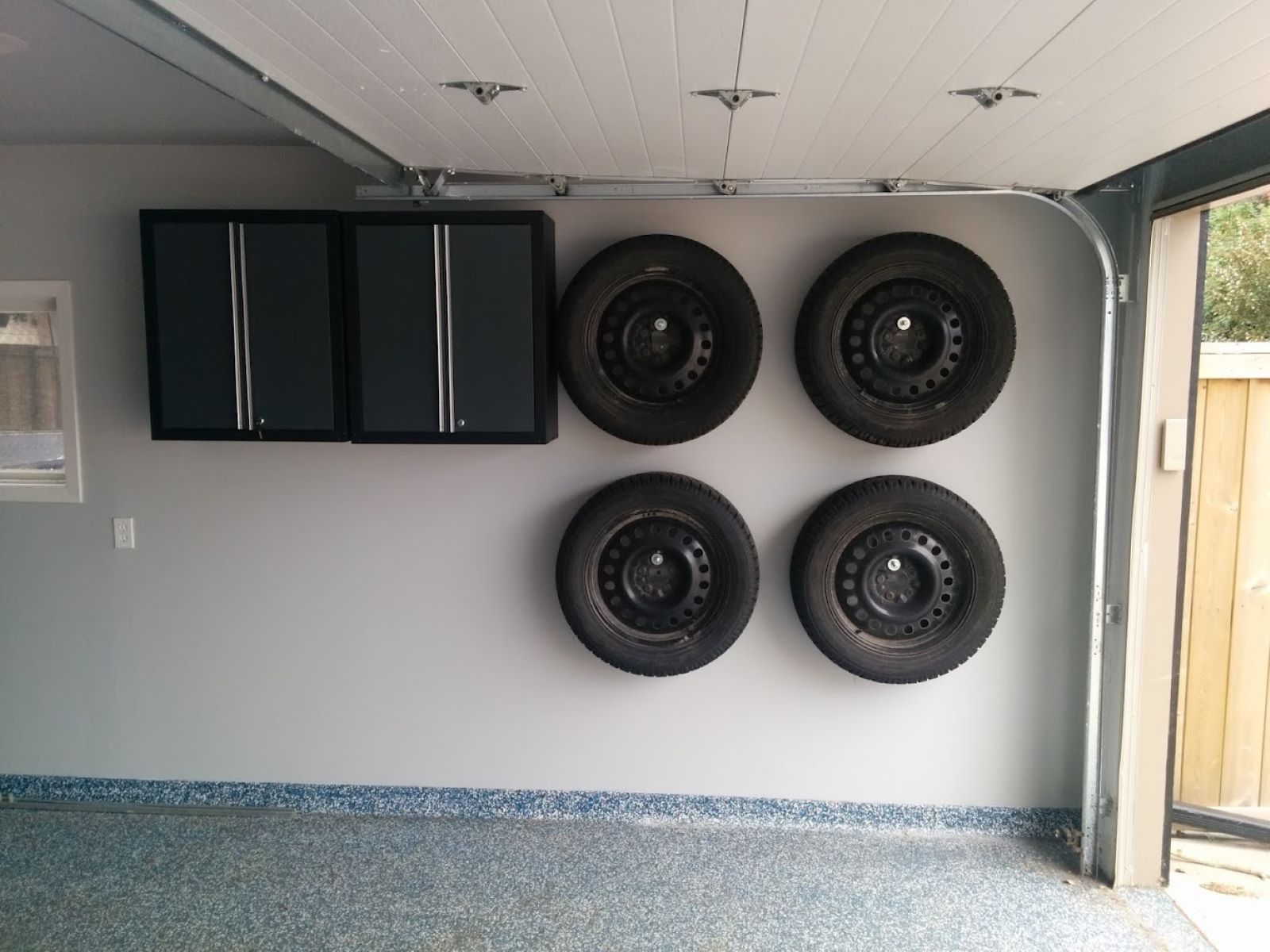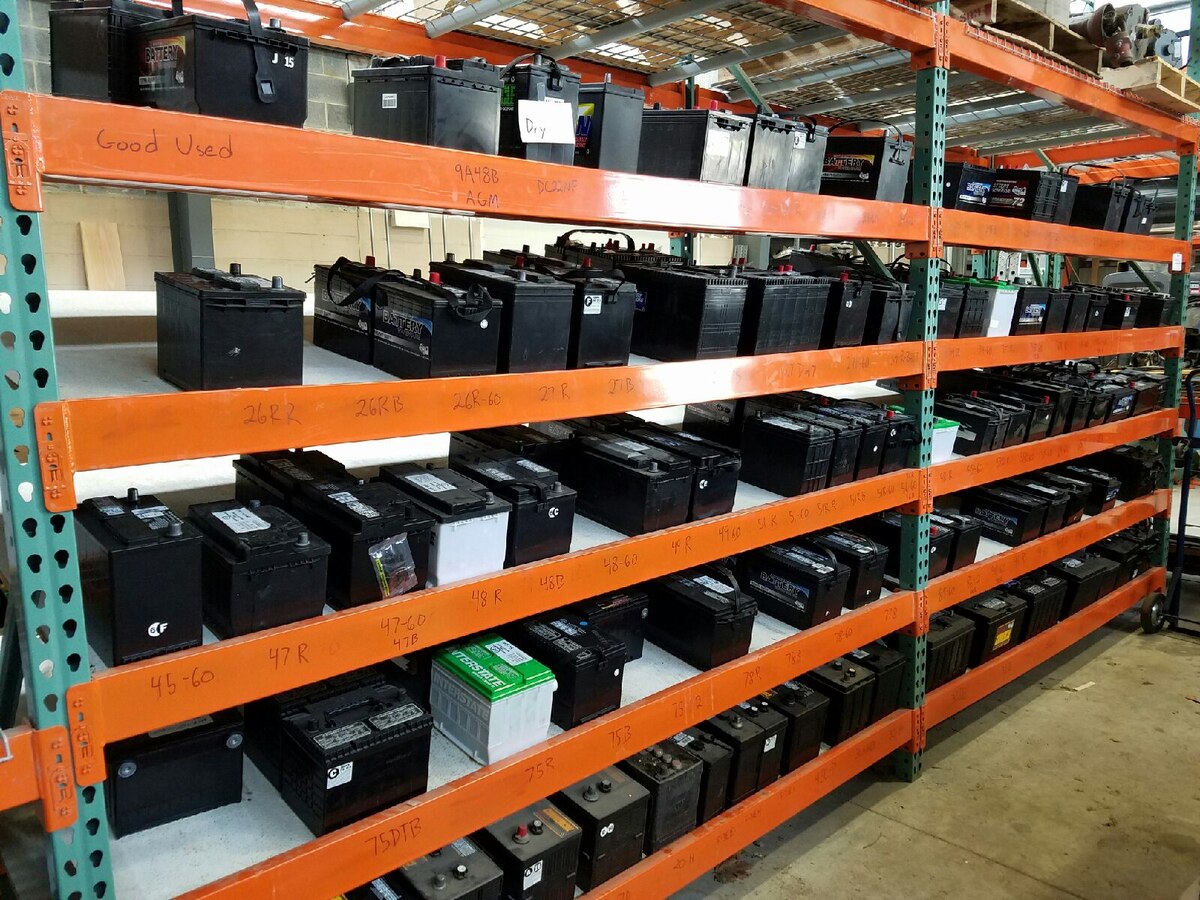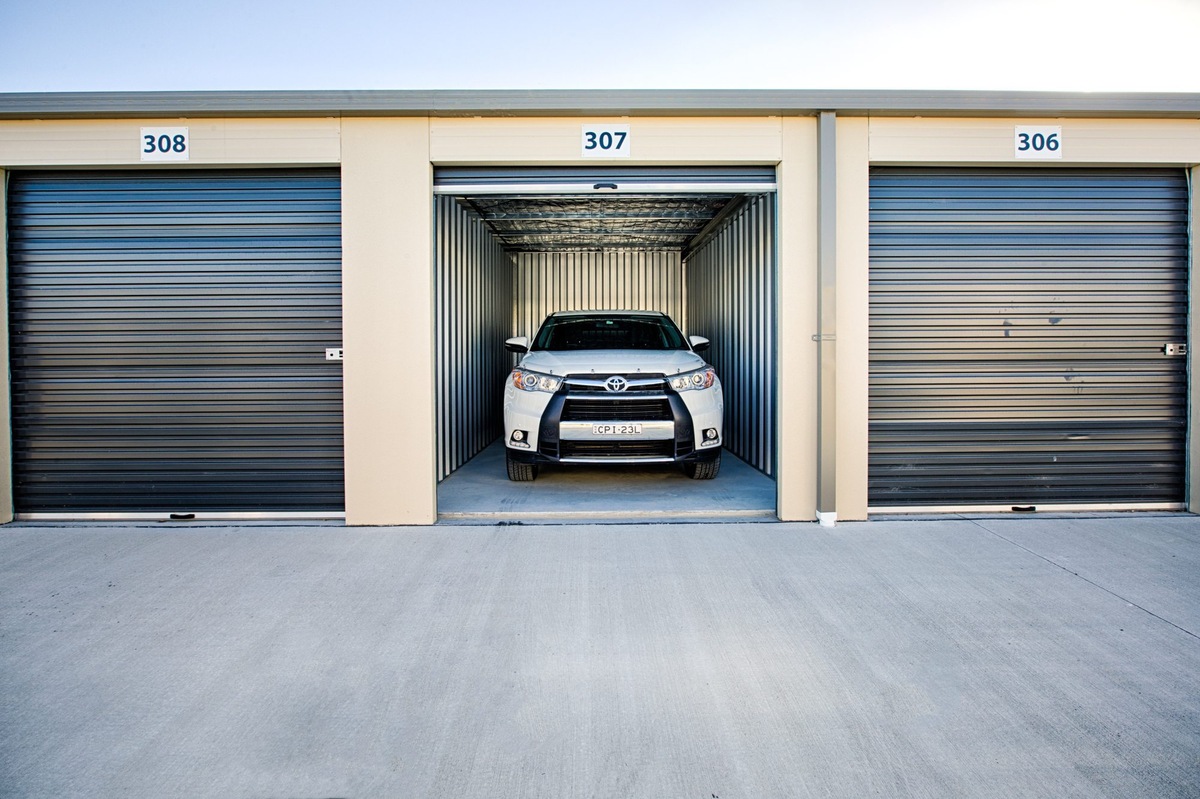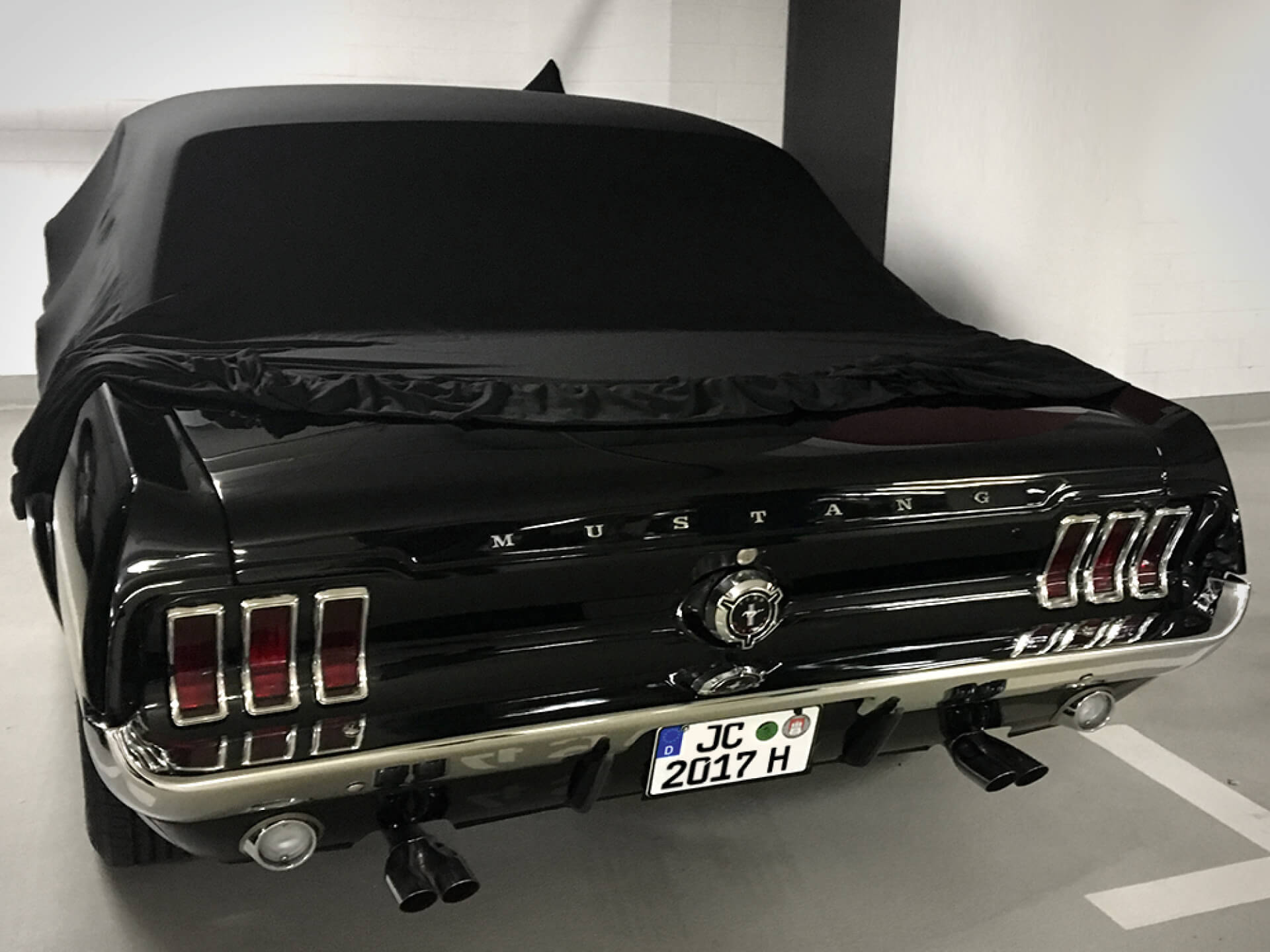Home> How To Store Vehicles & Transportation
How to Safely Store Vehicles & Transportation: Expert Tips!
Learn expert tips on how to safely store vehicles and transportation to ensure their longevity. Proper storage techniques for cars, motorcycles, and more.
